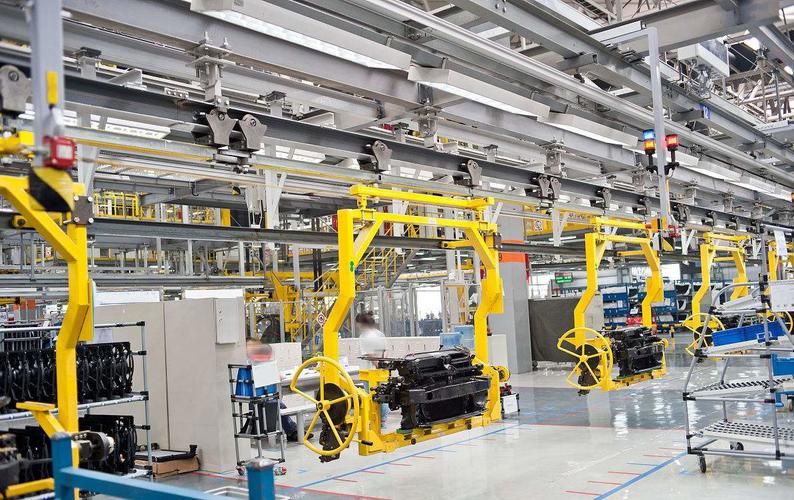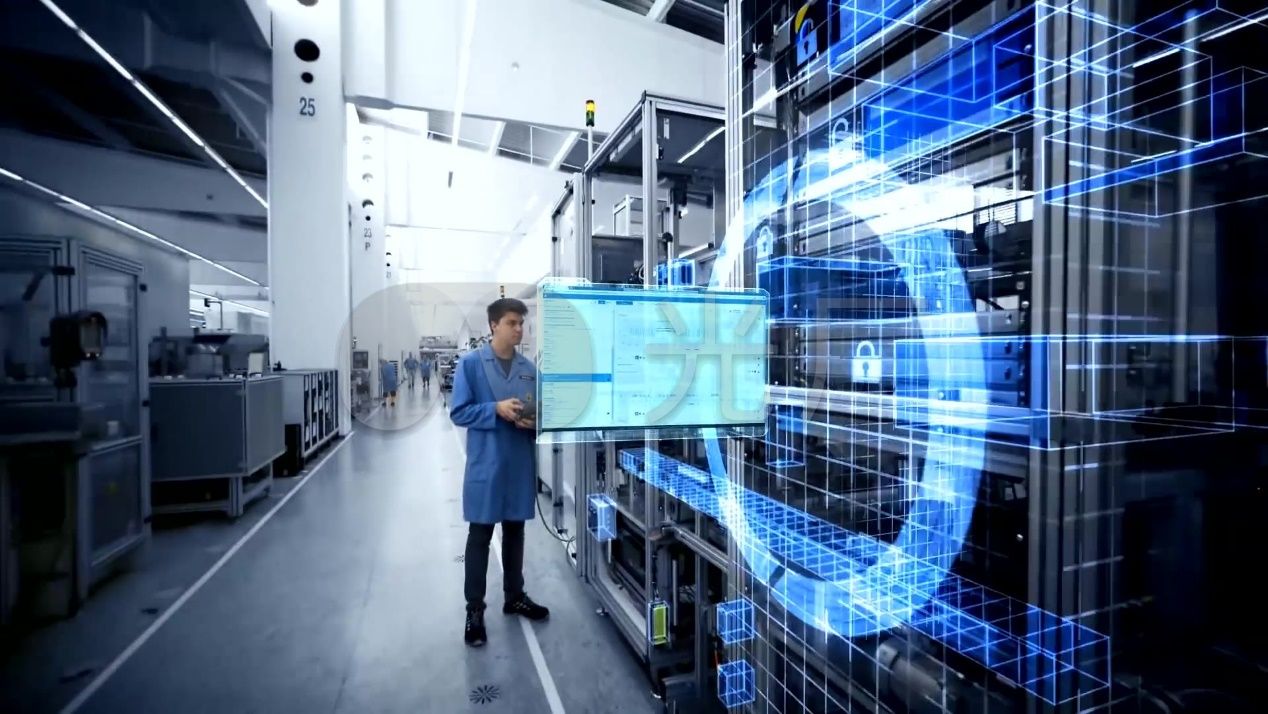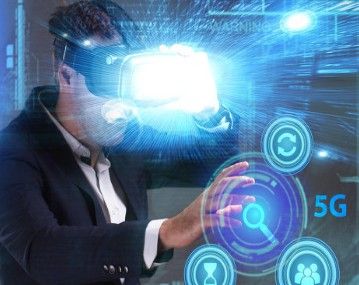- English
- 简体中文
- Afrikaans
- שפה עברית
- icelandic
- Hrvatski
- Монгол хэл
- Lëtzebuergesch
- Español
- Português
- русский
- Français
- 日本語
- Deutsch
- tiếng Việt
- Italiano
- Nederlands
- ภาษาไทย
- Polski
- 한국어
- Svenska
- magyar
- Malay
- Dansk
- Suomi
- Türkçe
- العربية
- Indonesia
- Norsk
- český
- ελληνικά
- فارسی
- български
- Latine
- Slovenský jazyk
- Slovenski
- Srpski језик
- বাংলা ভাষার
- हिन्दी
- Pilipino
- Gaeilge
- تمل
- український
- Javanese
- தமிழ்
- नेपाली
- Burmese
- ລາວ
- Қазақша
- Azərbaycan
From Industry 1.0 to 4.0
2023-11-20
Industry 4.0 refers to the fourth industrial revolution, a concept that was first introduced at the Hannover Fair in 2011 and is based on the strategic initiative for future industrial policy by the German government. It specifically refers to the integration of intelligent technologies with digital and physical manufacturing processes to create a highly interconnected, automated, data-driven, and efficient smart industrial environment.
Industry1.0

Mechanization, marked by the steam engine, involved driving machines with steam power instead of human labor. It refers to the initial industrial revolution that occurred in the late 18th century in England. This was the first time that water and steam power were used for mass production, rather than physical labor of humans and animals. Manufacturing took a huge leap with the power of machinery, profoundly transforming society. From this point on, handicrafts were separated from agriculture and officially evolved into industry.
Industry 2.0

Electrification, characterized by the widespread application of electricity, involved the use of electric power to drive machines instead of steam power. A century later, Industry 2.0 emerged with the advent of assembly lines and the use of oil, natural gas, and electricity, as well as advanced communication technologies such as the telephone, allowing for further upgrades in manufacturing. To some extent, automation was introduced into the manufacturing process. From then on, the production of components and the assembly of products were divided, marking the era of mass production in industry.
Industry 3.0

Automation, marked by the application of PLCs (Programmable Logic Controllers) and PCs, refers to the advent of computers in the mid-20th century, when digitization, telecommunications, and data analysis further influenced manufacturing. From then on, machines took over not only a large part of human physical labor but also a portion of mental labor. With the digitalization of factories and the use of Programmable Logic Controllers (PLCs), automation advanced further, enabling more processes to be automated and the beginning of basic data collection. Consequently, the industrial production capacity surpassed human consumption capabilities, ushering in an era of surplus production capacity for humanity.
Industry 4.0

Industry 4.0, or the Fourth Industrial Revolution. Sources vary on the official commencement date of Industry 4.0, but at some point between 2011 and 2016, manufacturing was impacted by a new wave of technological advancements driven by data, increased levels of automation, and the creation of smart machines and smart factories. We are currently still experiencing a fundamental transformation in the way machines are interconnected via the internet, a state known as complete automation and partial informatization.
Are we experiencing Industry 5.0?

Some experts believe that the emergence of the COVID-19 pandemic has accelerated the shift towards Industry 5.0. Dan Gamota, Vice President of Manufacturing, Technology, and Innovation at Jabil, wrote: “The fifth industrial revolution is moving from focusing on digital experiences to humans taking back control. The result will combine the skills and speed of automation with the critical and creative thinking of humans.”
The European Union forecasts that Industry 5.0 will prioritize “workers’ wellbeing” and adopt a socialized approach to manufacturing. Influenced by the need to reduce carbon emissions and the need of workers to find new ways of engagement, connection, and completion of work, the new industrial revolution will be human-centric.
Although experts predict that the fifth industrial revolution will be human-centric, this change will still be driven by technology. Machine learning provides a solution, with robotics and AI-driven tools potentially minimizing worker stress and maximizing productivity, covering repetitive manual tasks that could lead to worker burnout.
Gamota wrote, “The convergence of human cognition and artificial intelligence is expected to generate a multitude of new use cases in the near future, with endless possibilities when we think of people working side by side with collaborative robots, virtual assistants, digital twins, and avatars, or enjoying truly immersive experiences in ways that were not entirely imaginable before COVID-19.”
In addition to AR and VR, machine learning, AI-driven robotics are expected to play a significant role in Industry 5.0. These technologies enable manufacturing to optimize outcomes while minimizing the need for human intervention in assembly and production as much as possible.



